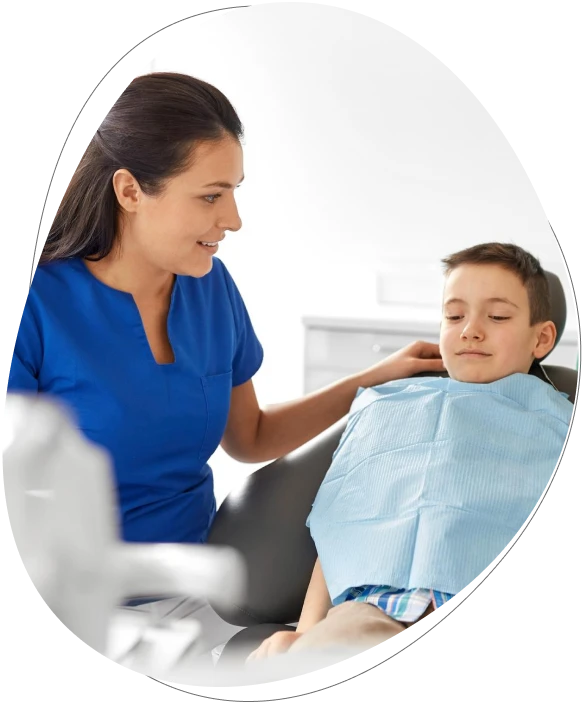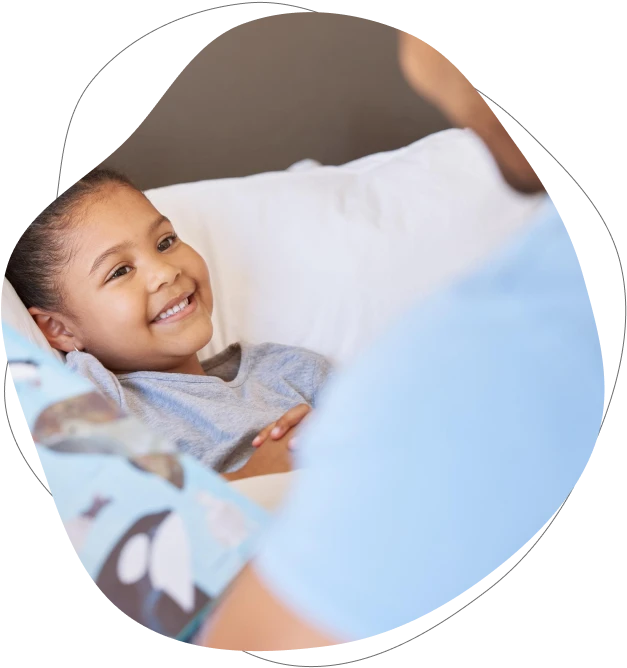Most dental procedures for children are completed using local anesthesia. However, very young, fearful, or uncooperative children require sedation. Depending upon your child’s health history, temperament, age, and dental care needs, your dentist and our physicians will recommend the type of sedation that is best for your child. Safety will be the number one priority
in every aspect of your child’s care.



After IV sedation is recommended for your child, our care team will call you to discuss your child’s current medical history. They will guide you through pre-sedation information and discuss the IV sedation procedures in detail.
Our pediatric anesthesiologist will review each child’s medical history and may call you if more information is needed about your child. Children with very complex medical conditions may need to have their dental procedures at the hospital. When considering a medical or dental procedure for your child, you deserve to have all of your questions answered and all of your concerns addressed prior to the procedure.
Please feel free to call our office to discuss your child’s procedure. We can also arrange a preoperative call with the pediatric anesthesiologist.


When you arrive for your child’s procedure, the nurse will confirm when your child last ate or drank, review their medical history, and explain what to expect.
Your child will be entertained with toys and/or video games while “flavored sleepy air” is administered. Once comfortably asleep, an IV will be placed for continuous administration of anesthesia medications until the dental procedure is completed. We recommend you do not tell your child about the IV; in our experience this only causes unnecessary anxiety. Our goal is to make it a fun experience for your child so that future dental visits go smoothly.
You will not be able to come in the room while your child is being sedated. This is solely for your child’s safety. Our doctors will be accompanied by a medical team who will be caring for your child.

Your child will have EKG, blood pressure, breathing, and oxygenation monitors throughout the procedure. The sedative medication infusion is continued throughout the dental treatment.
Nitrous oxide in oxygen provides your child additional pain relief for the minor discomfort associated with the dental treatment. The pediatric dentist will inform you if local anesthesia was used.

At the end of the dental treatment, the IV medicine is turned off, and the IV and monitors are removed as your child begins to awaken.
You can be with your child as they wake up and our recovery nurse will monitor your child’s progress. They will also review with you the discharge instructions and home care. It will usually be about 20 minutes before your child will be ready to travel home. Your child may feel sleepy and dizzy for 3 to 4 hours. Children may drink and eat soft foods soon after the procedure. Nausea and vomiting are rare.
Expect a follow up call from us to check on your child’s progress.